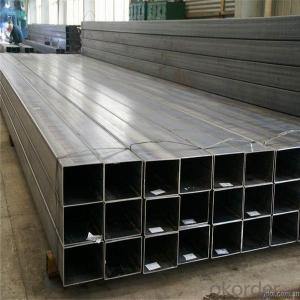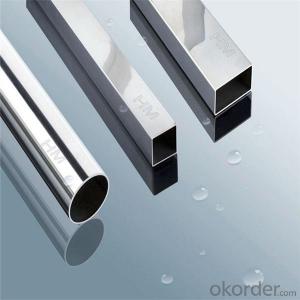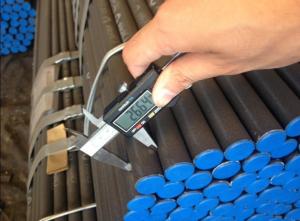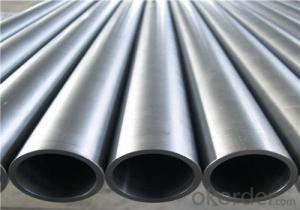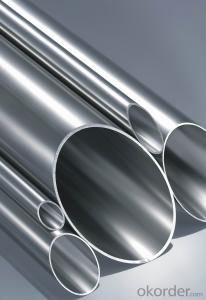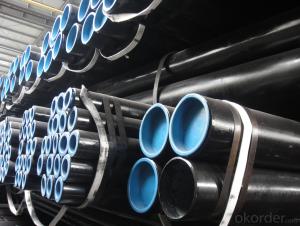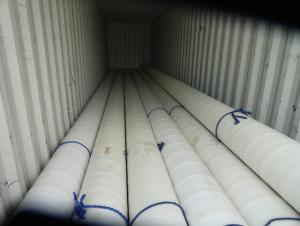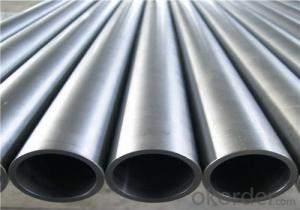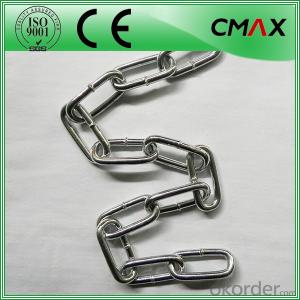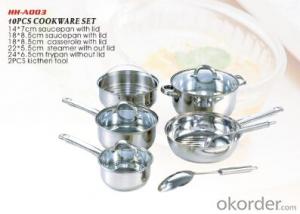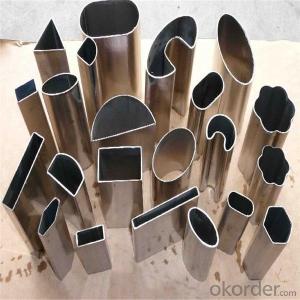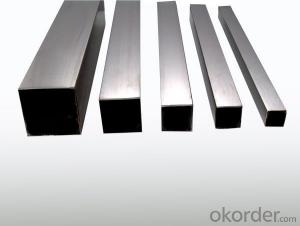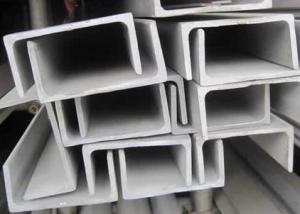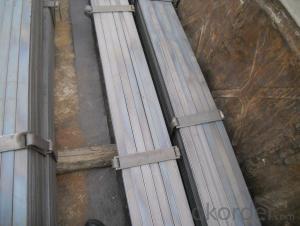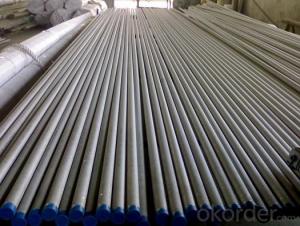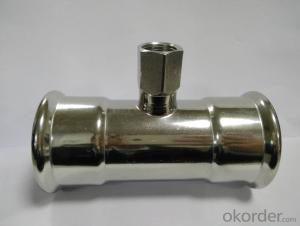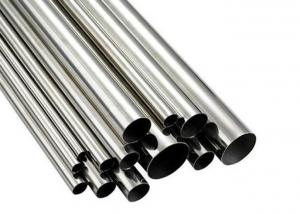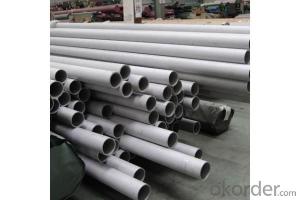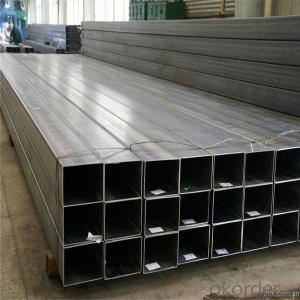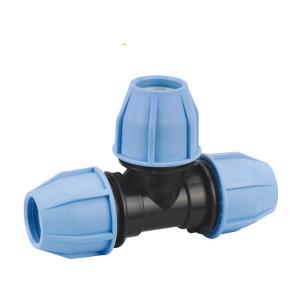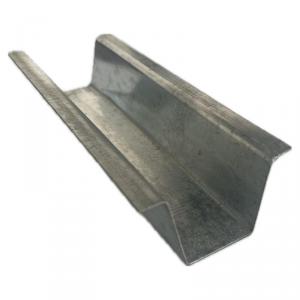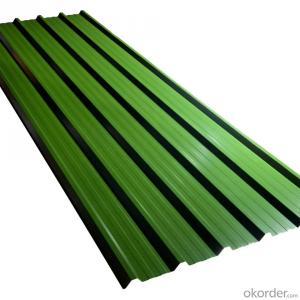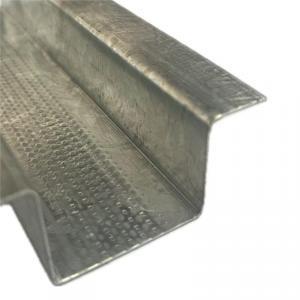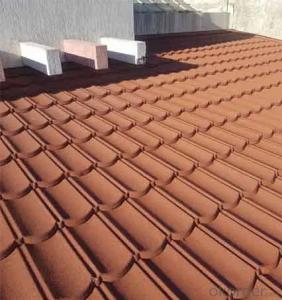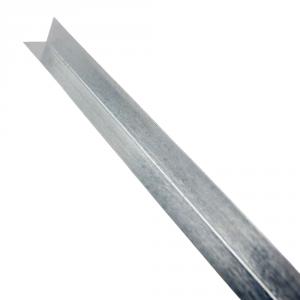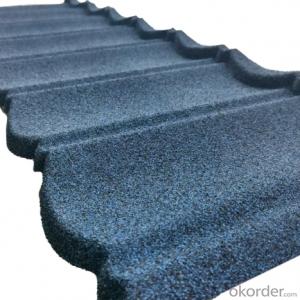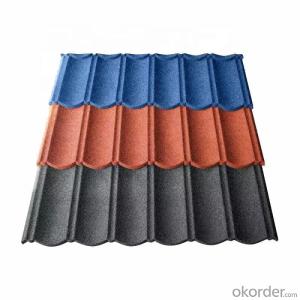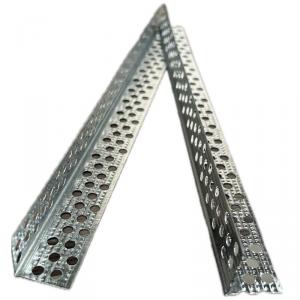3/4 Stainless Steel Tubing
3/4 Stainless Steel Tubing Related Searches
3/4 In Stainless Steel Pipe 1/4 Stainless Steel Tubing 3 4 Stainless Steel Tubing 1 4 Stainless Steel Tubing 3 4 Stainless Steel Pipe Stainless Steel 1/2 Tubing 3/8 In Stainless Steel Tubing 1/2 Stainless Steel Tubing 3/8 Stainless Steel Tubing 304 Stainless Steel Tubing 4 Inch Stainless Steel Pipe 4 Stainless Steel Pipe 3 Stainless Steel Pipe 1/4 In Stainless Steel Plate 3 Inch Stainless Steel Pipe 3in Stainless Steel Pipe Seamless Stainless Steel Tubing 1 Stainless Steel Tubing 1 Inch Stainless Steel Tubing 316 Stainless Steel Tubing 3/4 Aluminum Plate Stainless Steel Tubeing 1/4 Stainless Steel Rod 1in Stainless Steel Tubing 3/4 Thick Aluminum Plate 3/16 Stainless Steel 3 8 Stainless Steel Tubing 1 2 Stainless Steel Tubing 2 Stainless Steel Tubing Stainless Steel Coil Tubing3/4 Stainless Steel Tubing Supplier & Manufacturer from China
3/4 Stainless Steel Tubing is a type of metal tubing made from stainless steel, which is known for its corrosion resistance, durability, and strength. This tubing is commonly used in various industries due to its ability to withstand harsh environments and maintain its structural integrity over time.3/4 Stainless Steel Tubing finds its application in numerous scenarios, such as in the construction of pipelines, structural frameworks, and various mechanical components. Its versatility makes it a popular choice for both commercial and industrial projects, where it can be used for fluid transportation, gas lines, and even architectural elements. The tubing's resistance to rust and its ability to maintain its appearance without regular maintenance make it an ideal material for applications where longevity and aesthetics are important.
Okorder.com is a leading wholesale supplier of 3/4 Stainless Steel Tubing, offering a vast inventory to cater to the diverse needs of customers. With a commitment to providing high-quality products at competitive prices, Okorder.com ensures that customers receive the best value for their investment. The company's extensive stock allows for quick turnaround times, making it an ideal choice for businesses looking to source 3/4 Stainless Steel Tubing for their projects.
Hot Products
